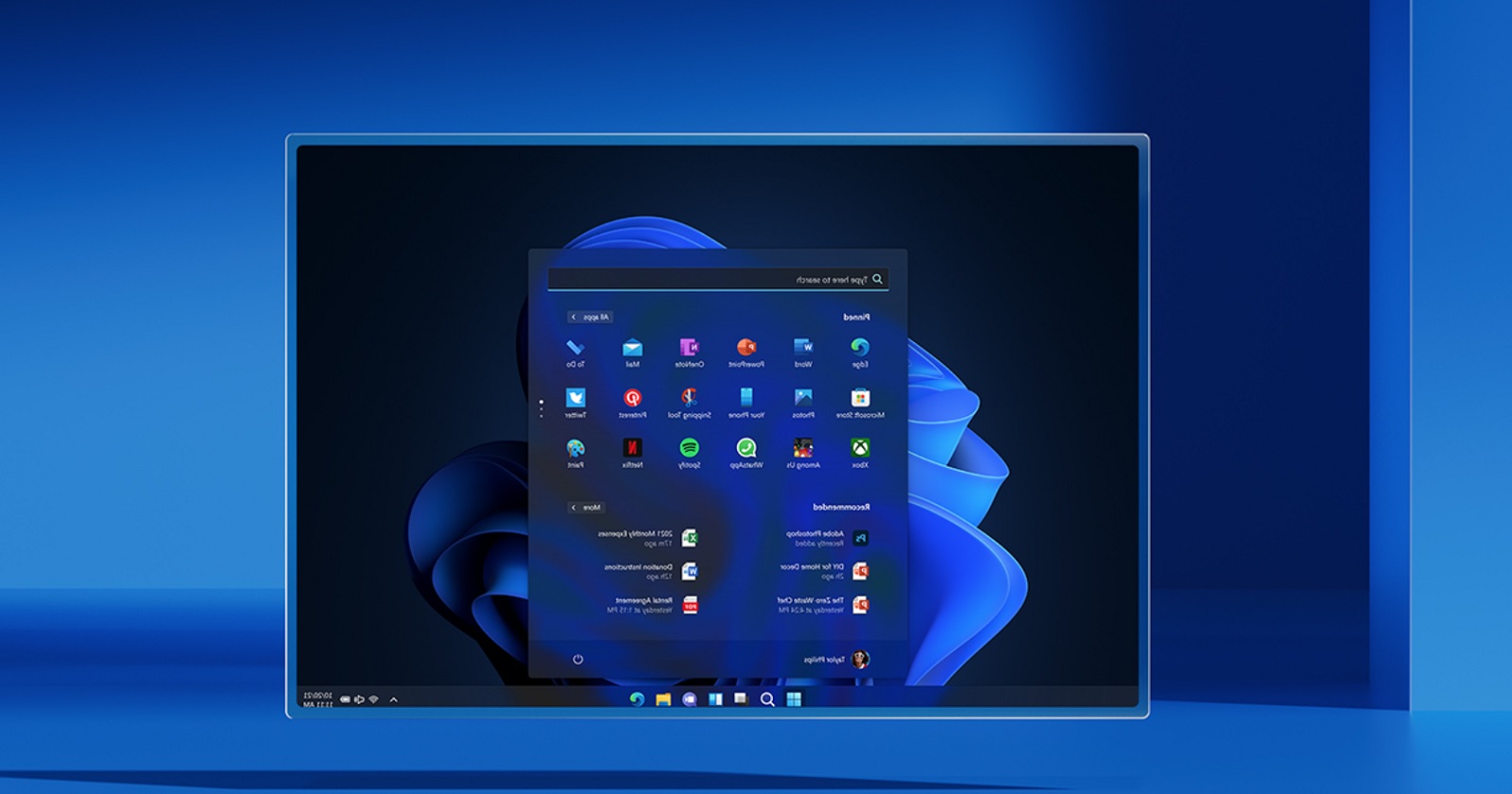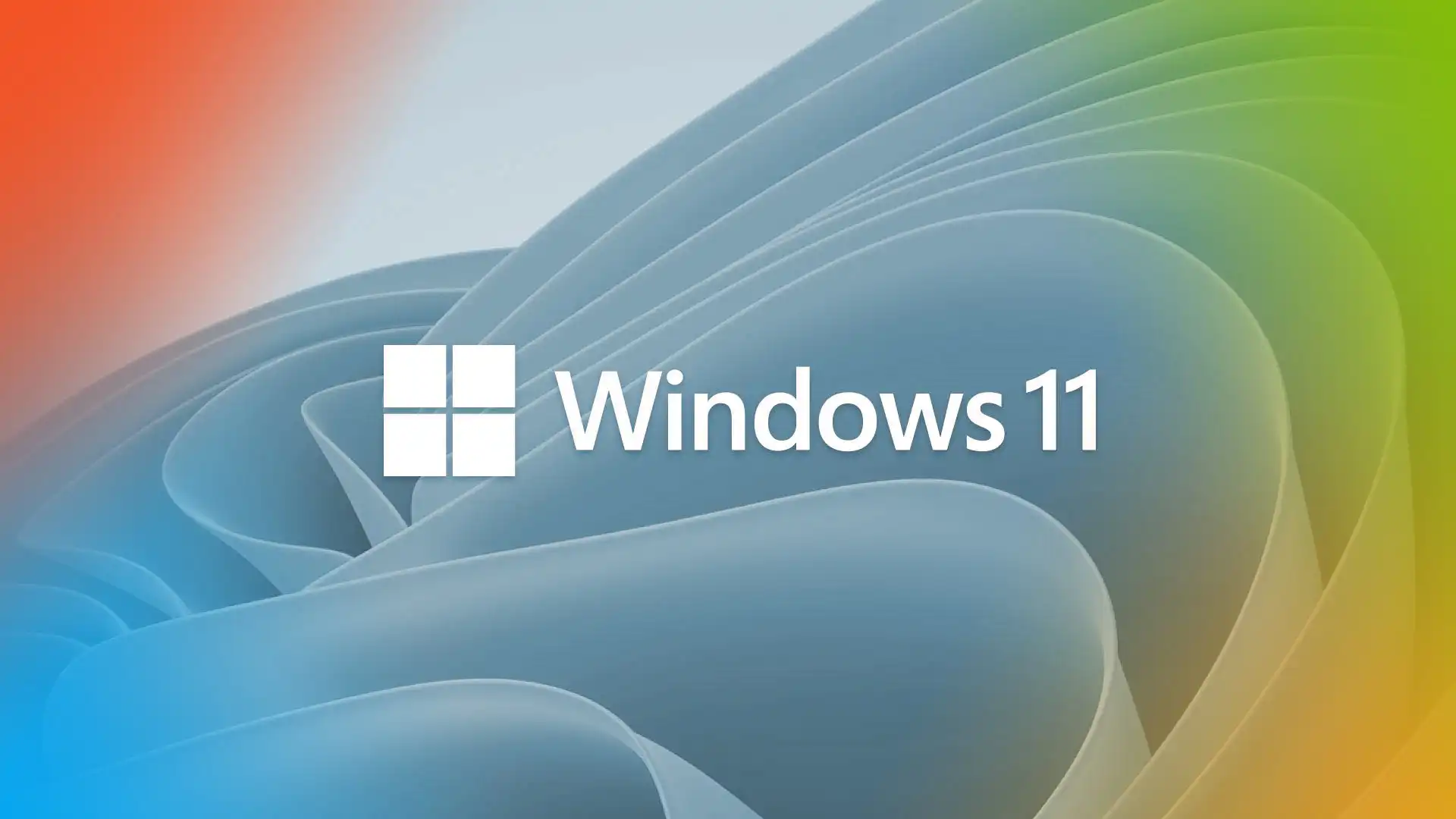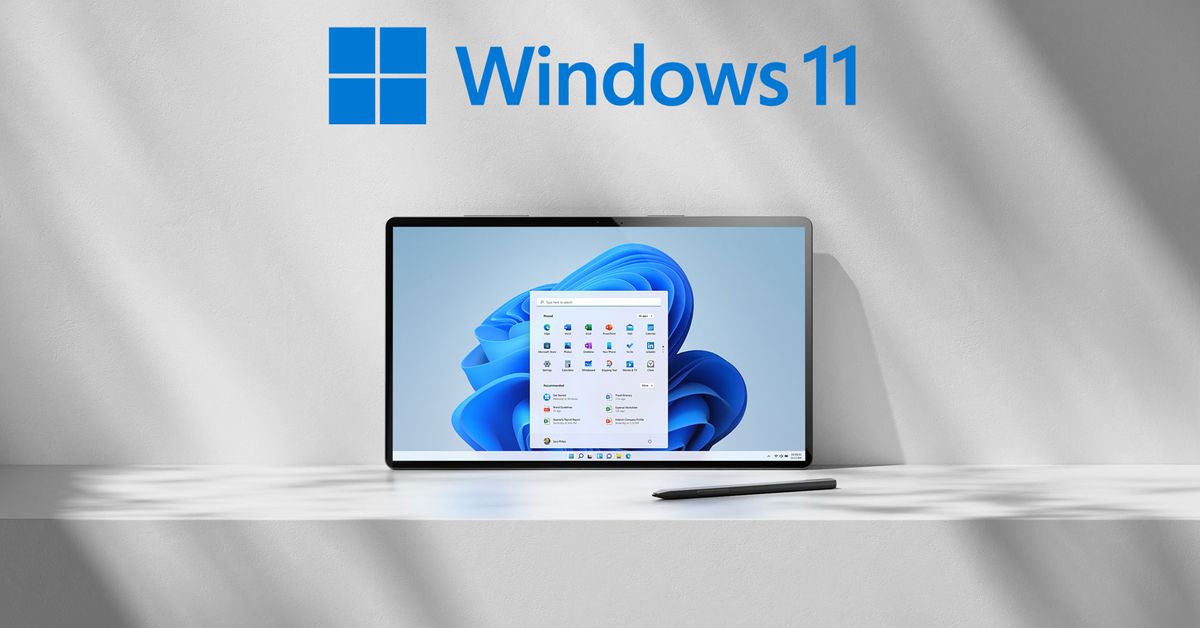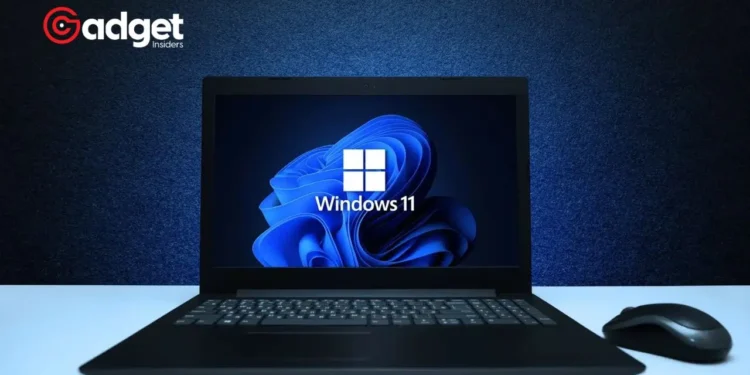In a move that has caught many by surprise, Microsoft has officially announced the retirement of WordPad with the release of the Windows 11 24H2 update. Wordpad a staple application within Windows for nearly three decades. As the digital landscape continues to evolve, so too does the array of tools provided by tech giants like Microsoft.
The announcement, signaling the end of WordPad’s journey, marks a significant shift in Microsoft’s approach to its suite of productivity tools.

A Fond Farewell to a Familiar Face
For years, WordPad has been the go-to text editor for quick notes, simple document creation, and reading rich text format (RTF) files without the complexity of Microsoft Word. Embedded within the Windows operating system since the launch of Windows 95, WordPad’s straightforward interface and basic functionality have made it a beloved tool for casual users and professionals alike.
However, as Microsoft confirms, the curtain is finally closing on WordPad with the upcoming Windows 11 24H2 version update, slated for release later this year.
The Final Update: Windows 11 24H2 Version
Microsoft’s latest update has set the tech community abuzz, revealing that WordPad will be removed from all editions of Windows starting with the Windows 11 24H2 version.
This update not only signifies the end for WordPad but also for the associated binaries that have been part of the Windows experience for years, including `wordpad.exe`, `wordpadfilter.dll`, and `write.exe`. The removal of WordPad underscores a broader shift towards more sophisticated, feature-rich productivity tools, leaving the once indispensable app behind.

Transitioning to Modern Alternatives
With the removal of WordPad, users are encouraged to migrate to Microsoft Word for handling .rtf files and other document editing needs. This transition reflects the changing dynamics of digital document management, where applications like Microsoft Word and Google Docs offer a more robust set of features catering to the diverse needs of today’s users.
Notably, Microsoft’s Notepad has emerged as a worthy successor in simplicity, receiving significant updates that include a new design, tabbed browsing, and upcoming spellcheck and AI features, evolving into a modernized mini WordPad.
Microsoft is removing WordPad from Windows 11 later this year. WordPad will be removed as part of the 24H2 update for Windows 11 https://t.co/2orUkTkk6u
— Tom Warren (@tomwarren) March 28, 2024
Reflecting on WordPad’s Legacy
The discontinuation of WordPad is not just a technical update; it’s a moment of reflection on how digital tools have grown and changed over the years.
WordPad’s journey from its debut in 1995 alongside Windows 95 through its last major facelift with Windows 8 reflects the technological strides made over the past three decades. As we bid goodbye to WordPad, we also pay homage to a simpler time in computing, where simplicity and basic functionality were cherished attributes.

Windows 11 24H2: Embracing Change in the Digital Age
The decision to phase out WordPad may evoke nostalgia, but it also represents Microsoft’s commitment to adapting and evolving in response to the needs of its users. As we move forward, the focus shifts to providing more integrated, versatile, and powerful tools that reflect the ways we work and communicate in the digital age.
While WordPad’s absence will be noted, the future promises exciting developments in productivity software, with Microsoft leading the charge toward innovation and efficiency.
As the sun sets on WordPad, we look forward to the dawn of a new era in digital productivity, where the lessons learned from the past inform the creation of even more dynamic and user-friendly tools for the future. Farewell, WordPad; your legacy will not be forgotten as we embark on this new journey.










